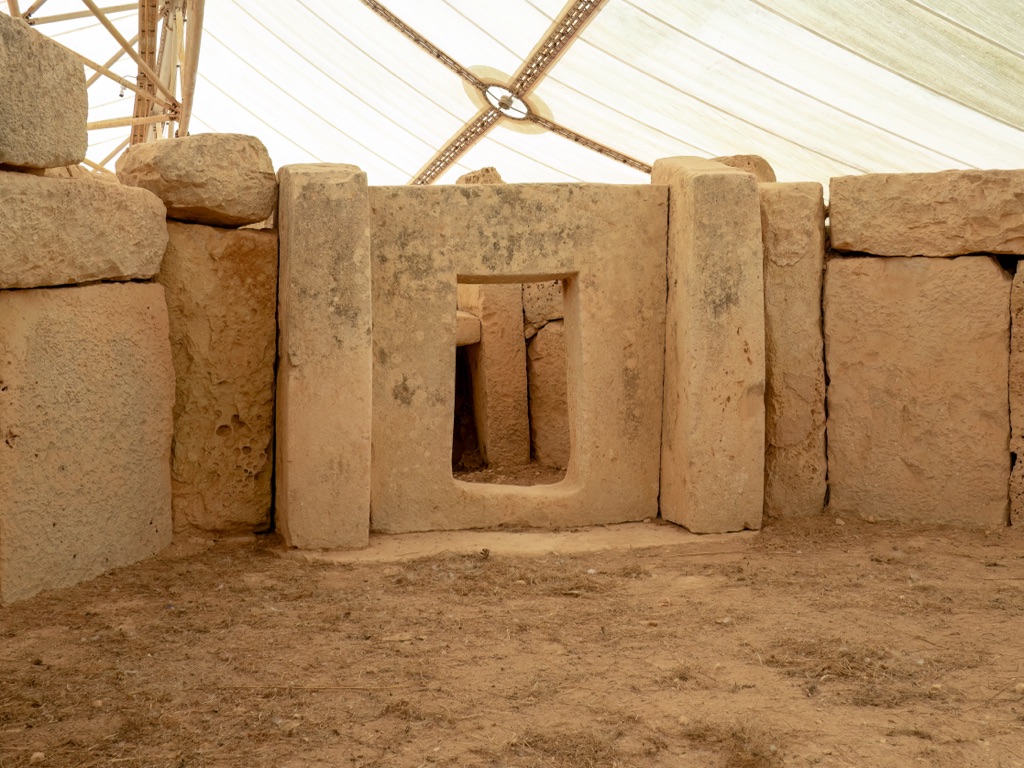The Megalithic Temples of Malta are among the oldest free-standing structures in the world, predating Stonehenge and the Egyptian pyramids. These architectural marvels, constructed during the Neolithic period (circa 3600-2500 BC), are a testament to the ingenuity and spirituality of Malta’s prehistoric inhabitants. The UNESCO World Heritage Sites list includes several of these temples, recognizing their outstanding universal value. This article explores some of the most significant megalithic temples scattered across the Maltese archipelago.
Get your dose of History via Email
Mnajdra
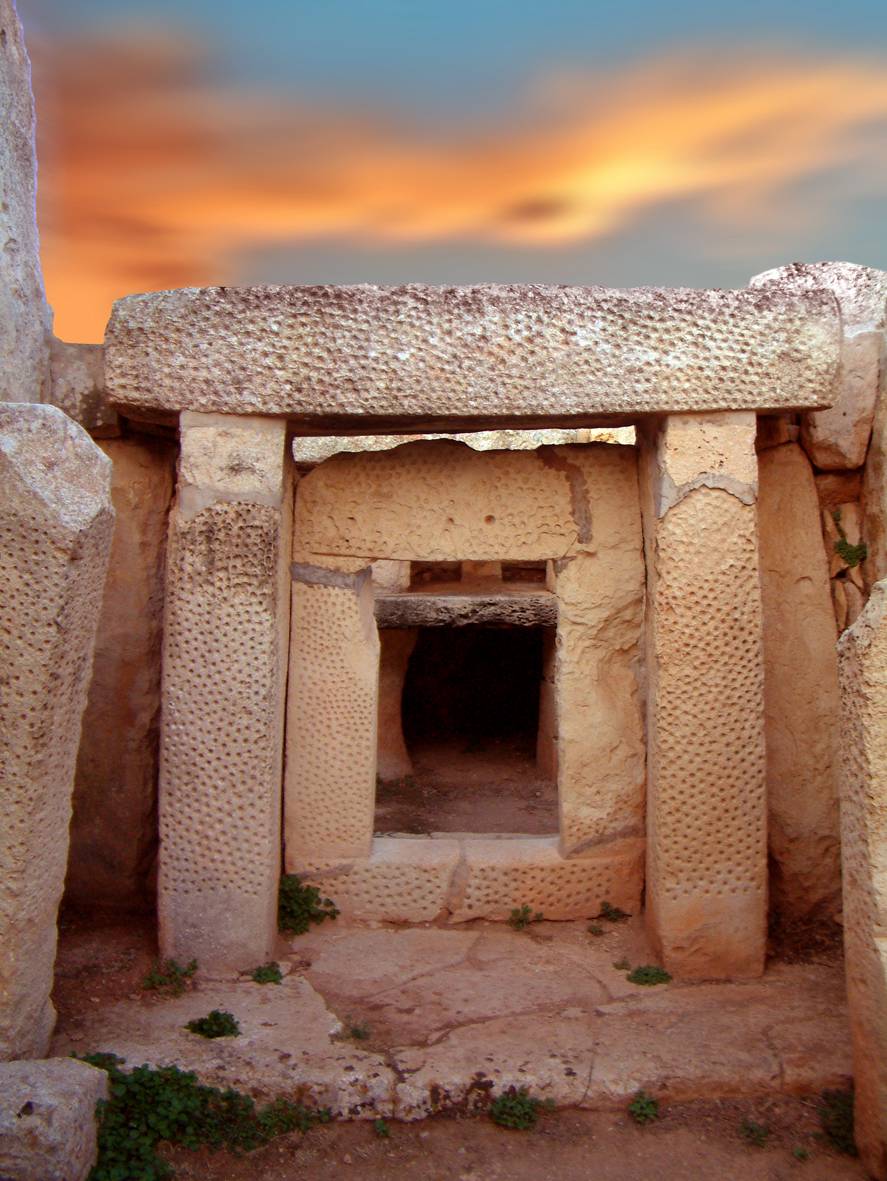
Located on the southern coast of Malta, Mnajdra is a complex of three temples overlooking the isle of Filfla. Built around the fourth millennium BC, these temples are renowned for their astronomical alignment, particularly during the equinoxes and solstices, when the sun’s rays align perfectly with specific stones.
Tarxien Temples
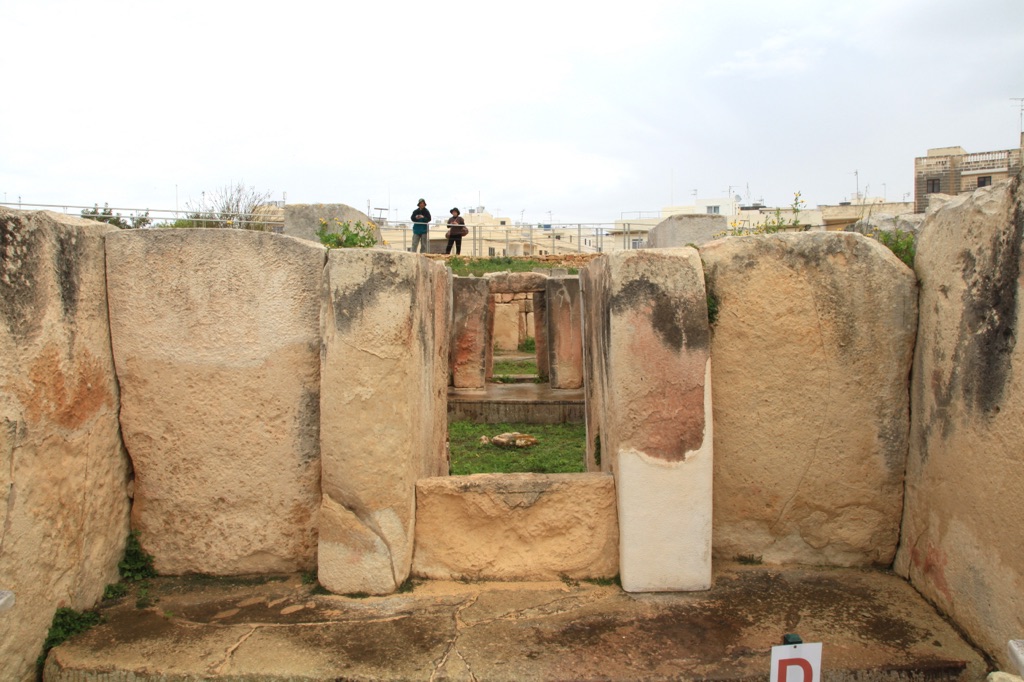
The Tarxien Temples, situated in the town of Tarxien, are known for their intricate decorations, which include spirals and animal reliefs carved into the stone. These temples served as a ceremonial site and are believed to have been used for animal sacrifices.
Ġgantija
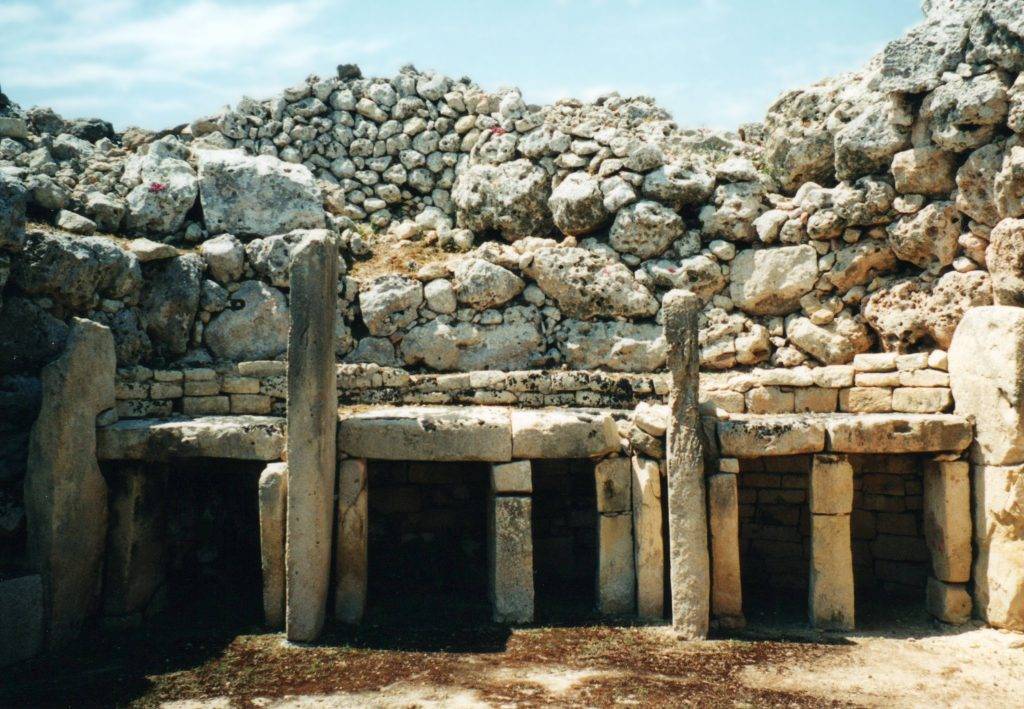
On the island of Gozo, the Ġgantija temples are among the world’s oldest freestanding monuments. Their name, meaning “giant’s tower” in Maltese, reflects local legends attributing their construction to giants. The complex consists of two temples, surrounded by a massive boundary wall.
Ħal Saflieni Hypogeum
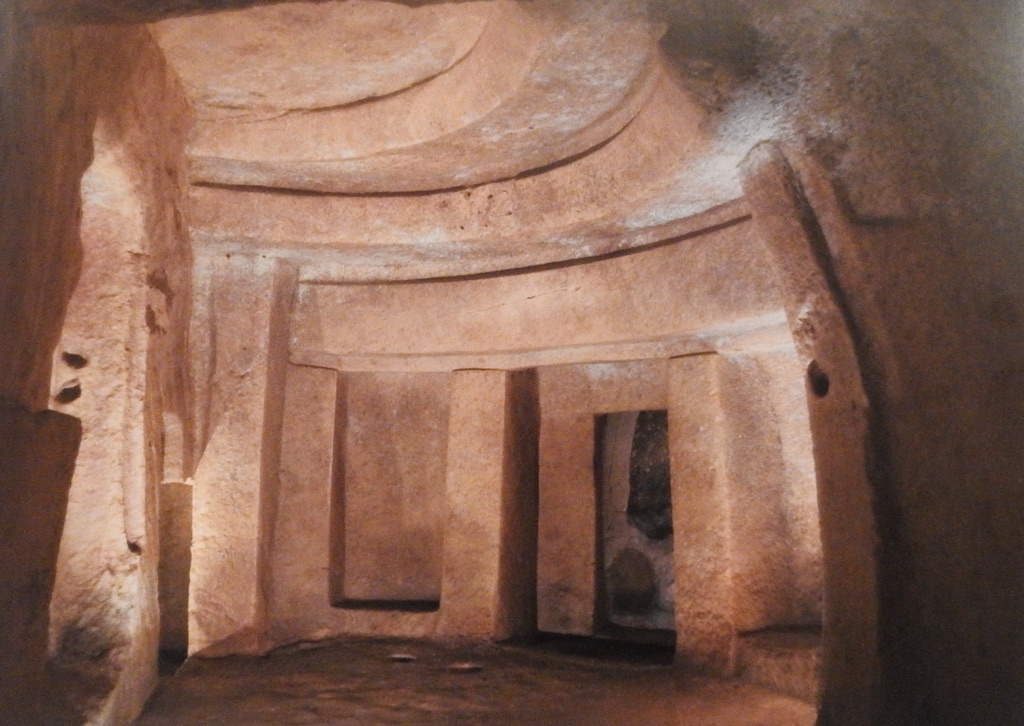
The Ħal Saflieni Hypogeum is a subterranean structure dating back to around 3300 BC. It served as both a sanctuary and a necropolis. The complex, carved out of limestone, spans three levels and includes intricate red ochre paintings on its walls.
Ħaġar Qim
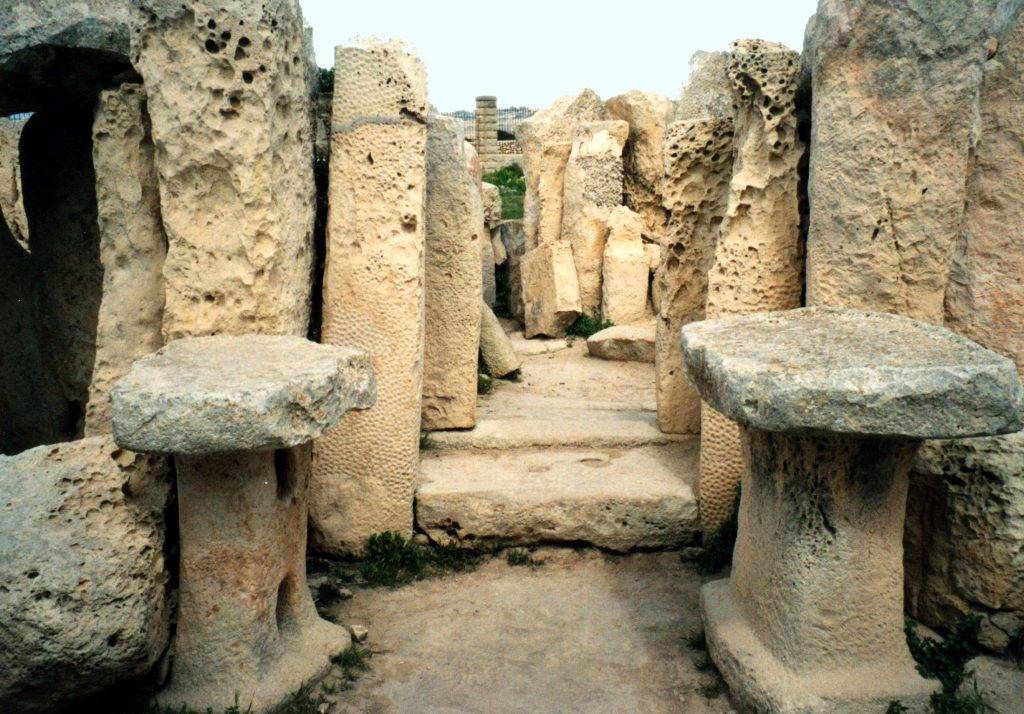
Perched atop a hill on Malta’s southern coast, Ħaġar Qim offers stunning views of the Mediterranean. This temple complex, dating from around 3600 to 3200 BC, features large megaliths, with one stone weighing approximately 20 tons.
Borġ in-Nadur
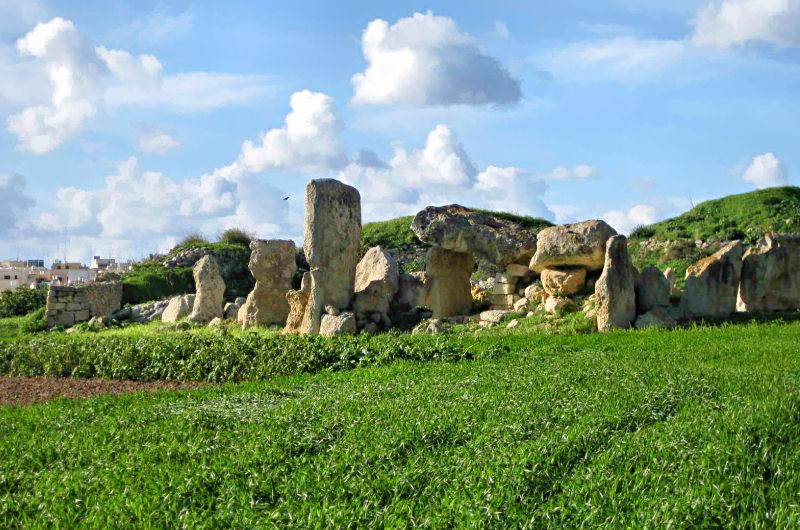
Borġ in-Nadur, located in Birżebbuġa, marks the transition between the temple-building phase and the Bronze Age. The site includes a temple and a fortified settlement, indicating a shift towards more defensive architecture.
Borġ l-Imramma
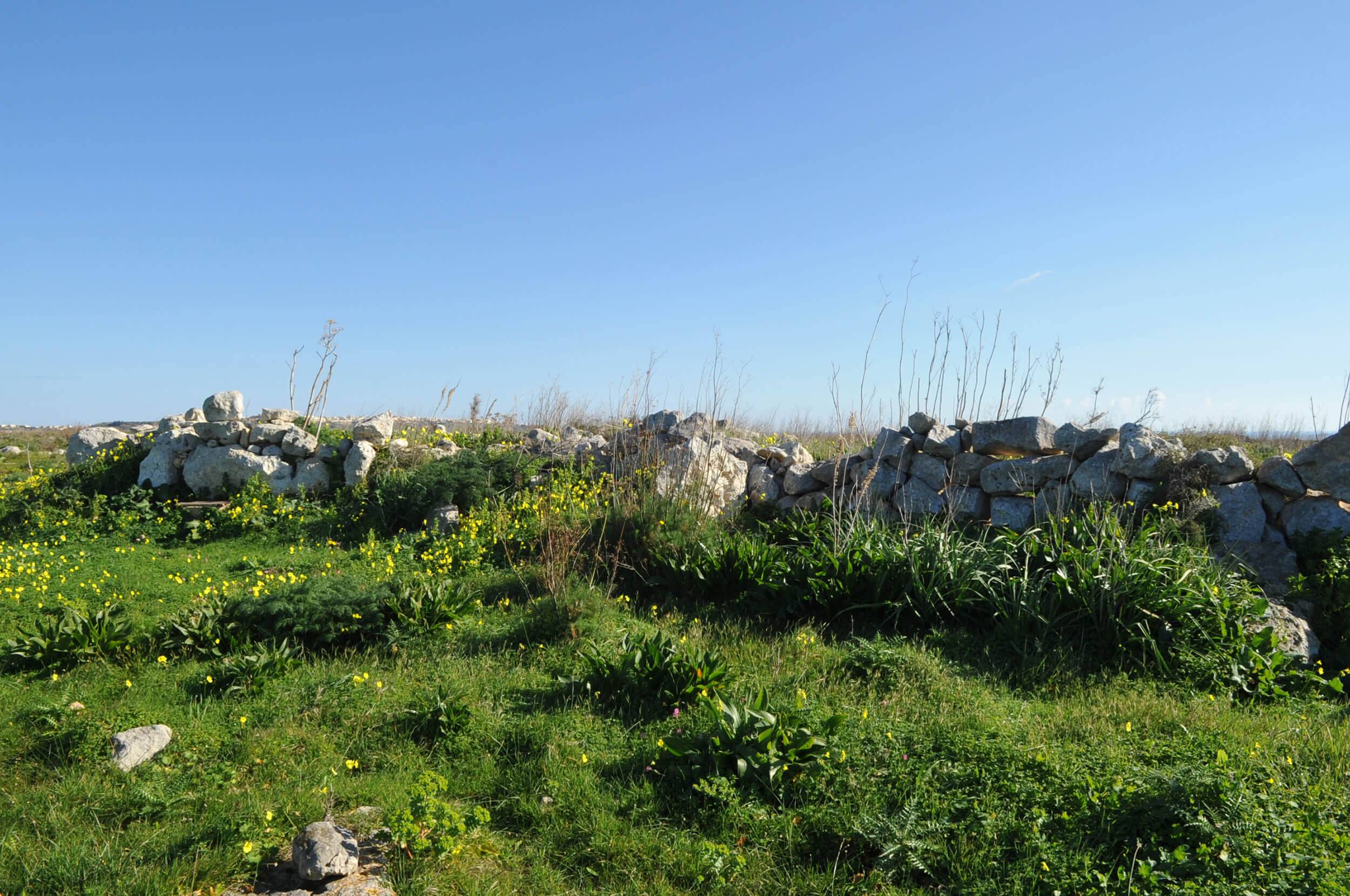
Though less known, Borġ l-Imramma is believed to have been a temple or a complex of temples. Its exact location and details remain a subject of archaeological investigation.
Buġibba Temple
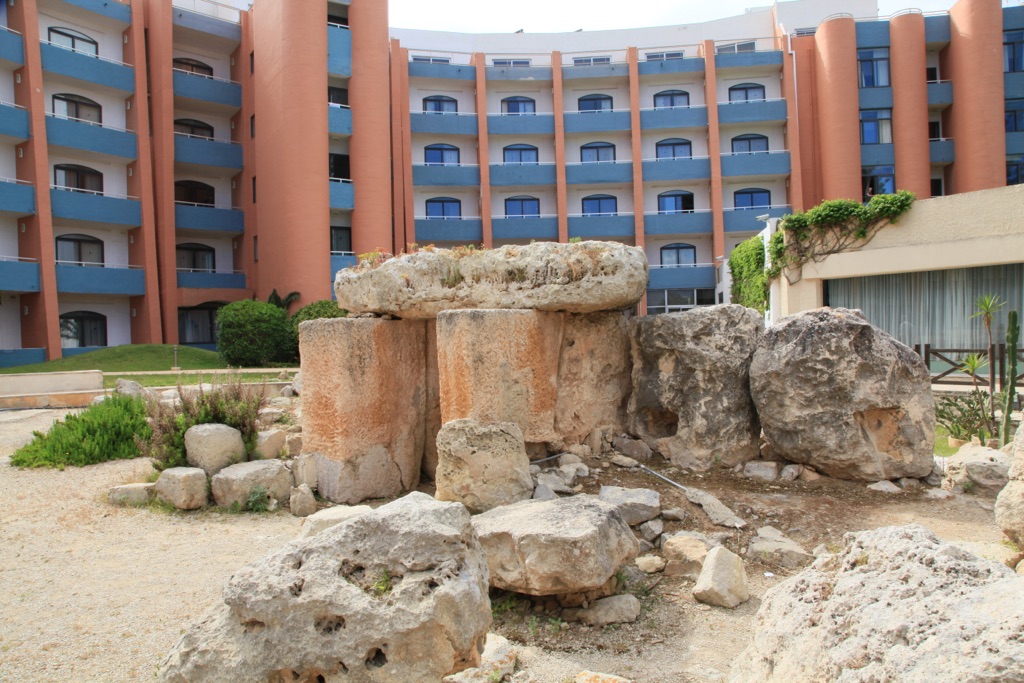
Situated within a hotel complex in Buġibba, this temple is one of Malta’s lesser-known prehistoric sites. Despite its urban setting, it offers insights into the temple-building culture of Malta’s ancient inhabitants.
Debdieba
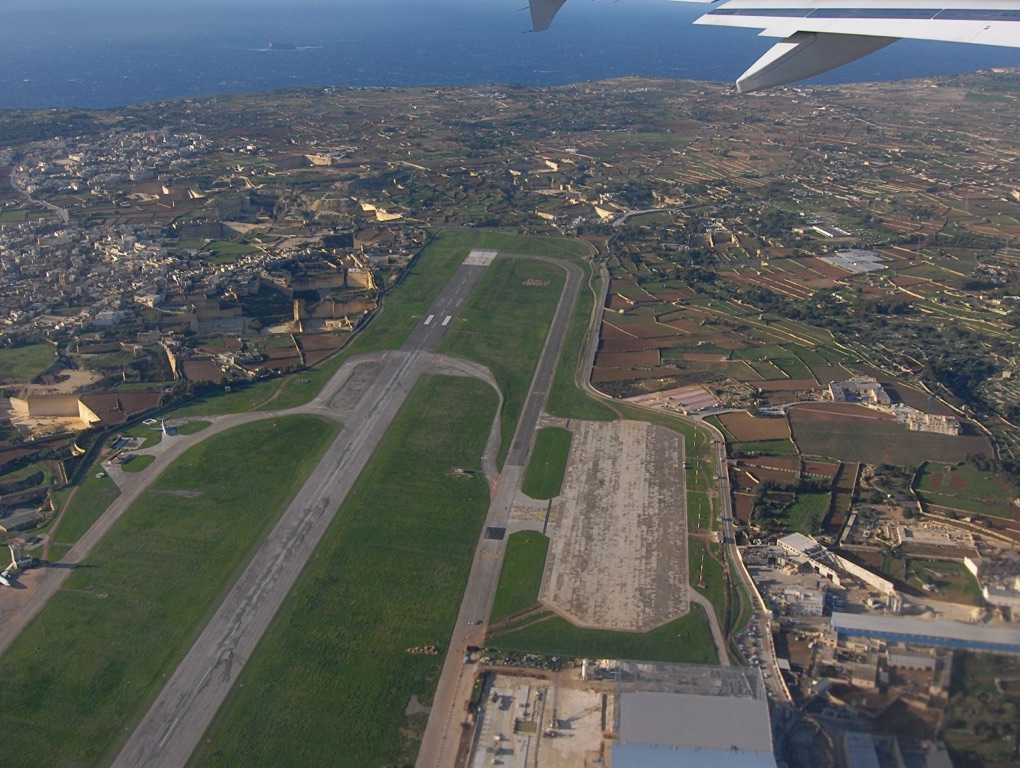
Debdieba, another less prominent site, adds to the diverse tapestry of prehistoric temples in Malta. Its specifics are still under study, contributing to our understanding of Neolithic Malta.
Ħal Ġinwi Temple
This site is among the many that have contributed to our understanding of the temple-building era, though like some others, it remains less explored than the major temple complexes.
Kordin Temples
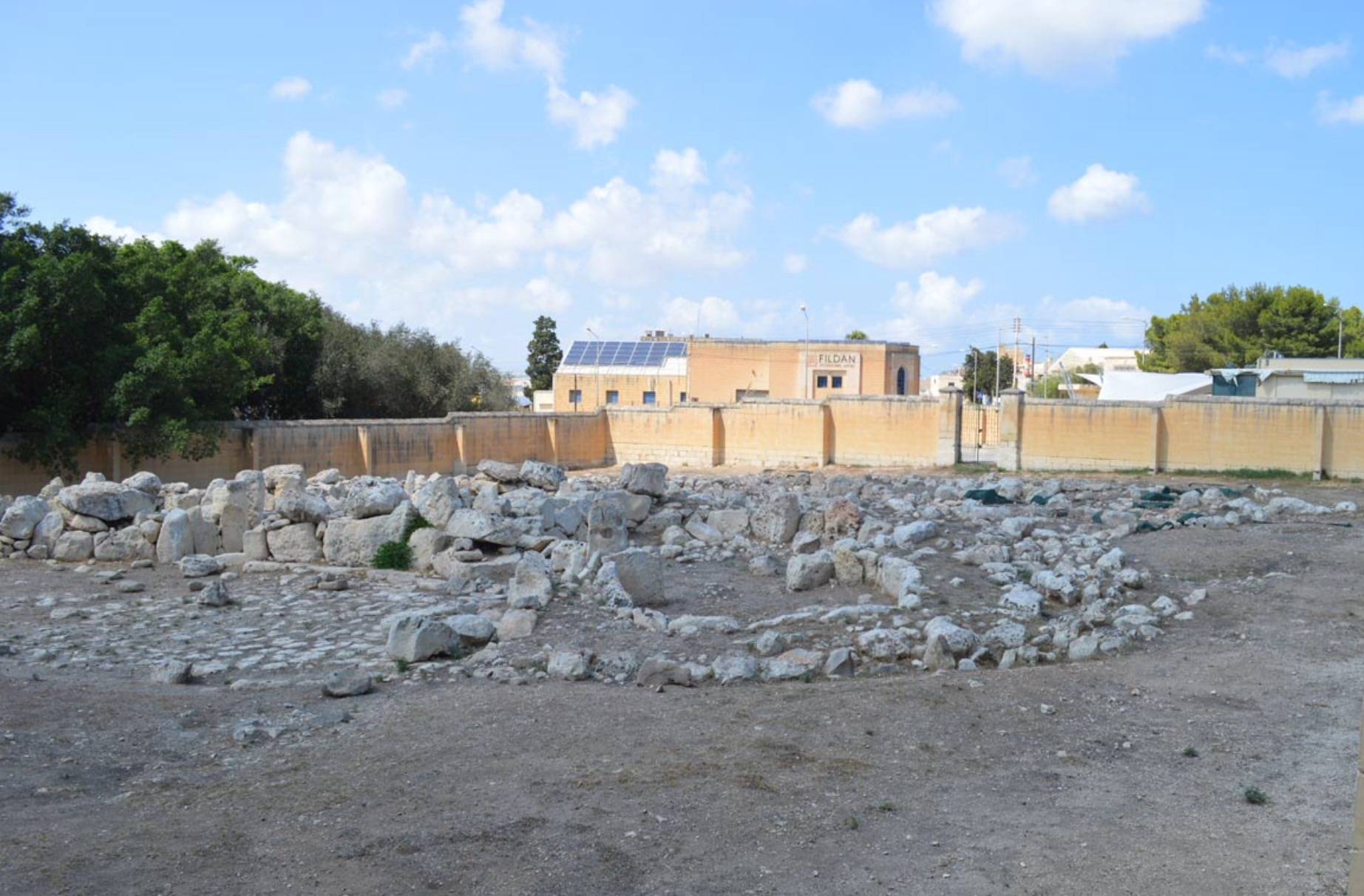
Located in Paola, the Kordin Temples were a group of three temple complexes. Unfortunately, only fragments remain today, largely due to urban development.
Santa Verna
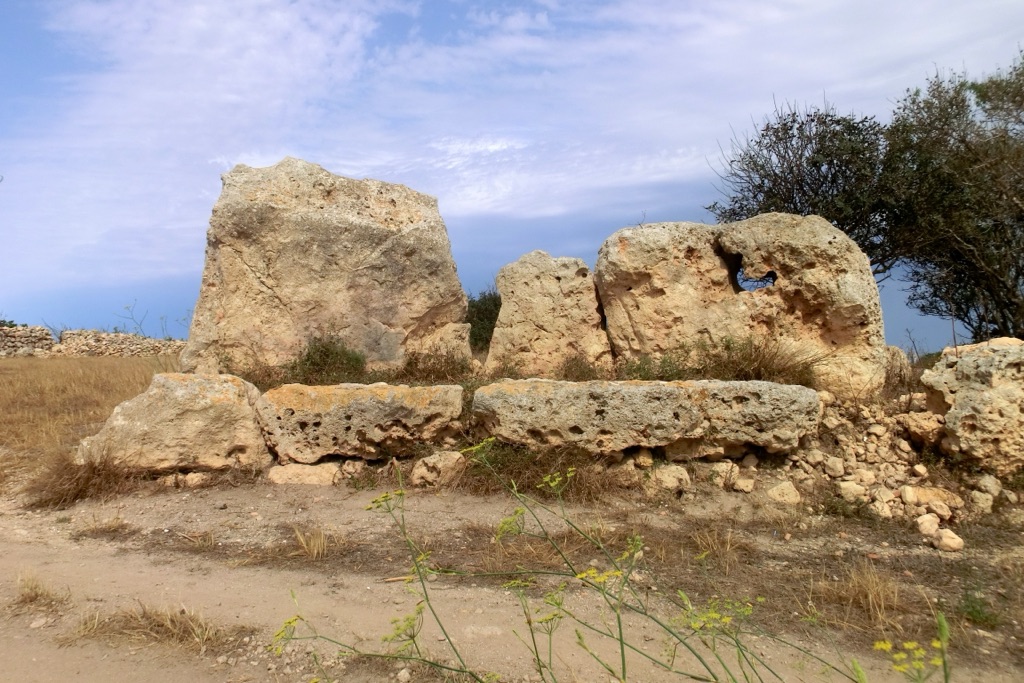
Santa Verna, on the island of Gozo, contains the remains of a temple that adds to the narrative of Neolithic temple building in the Maltese archipelago.
Skorba Temples
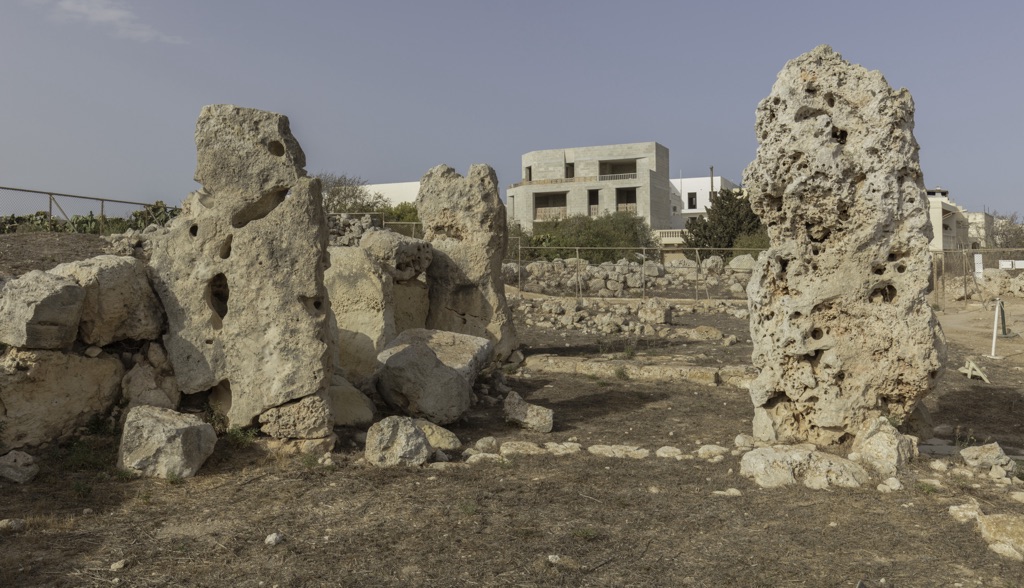
The Skorba complex is crucial for understanding the early domestic and religious life of the islands. Excavations here have provided valuable information about the earliest phases of Malta’s Neolithic period.
Ta’ Ħaġrat Temples
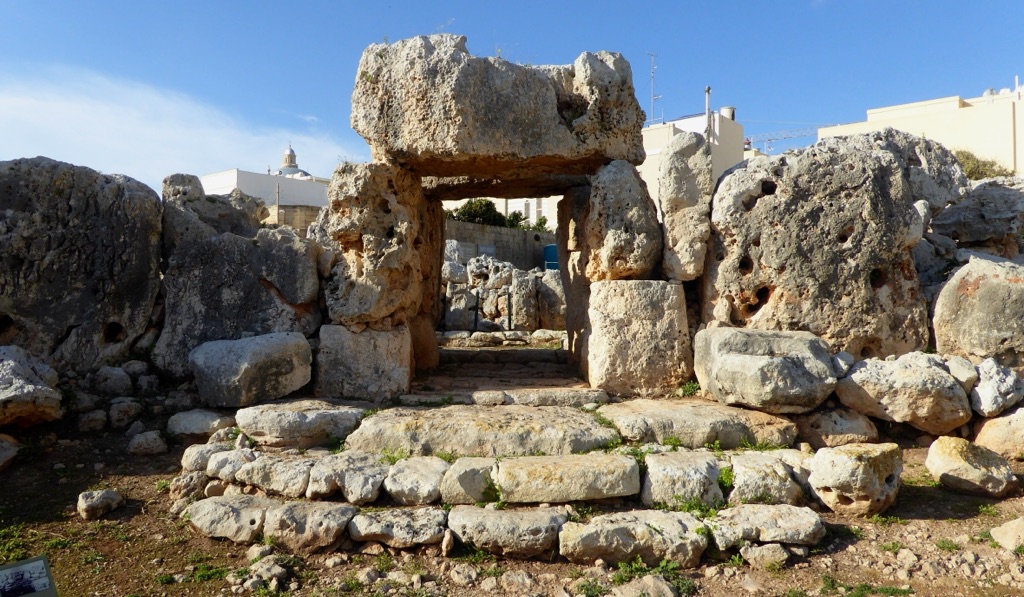
Located in Mġarr, the Ta’ Ħaġrat temples are among the best-preserved ancient temples in Malta. They are distinguished by their small size and the rustic charm of their construction.
Tal-Qadi Temple
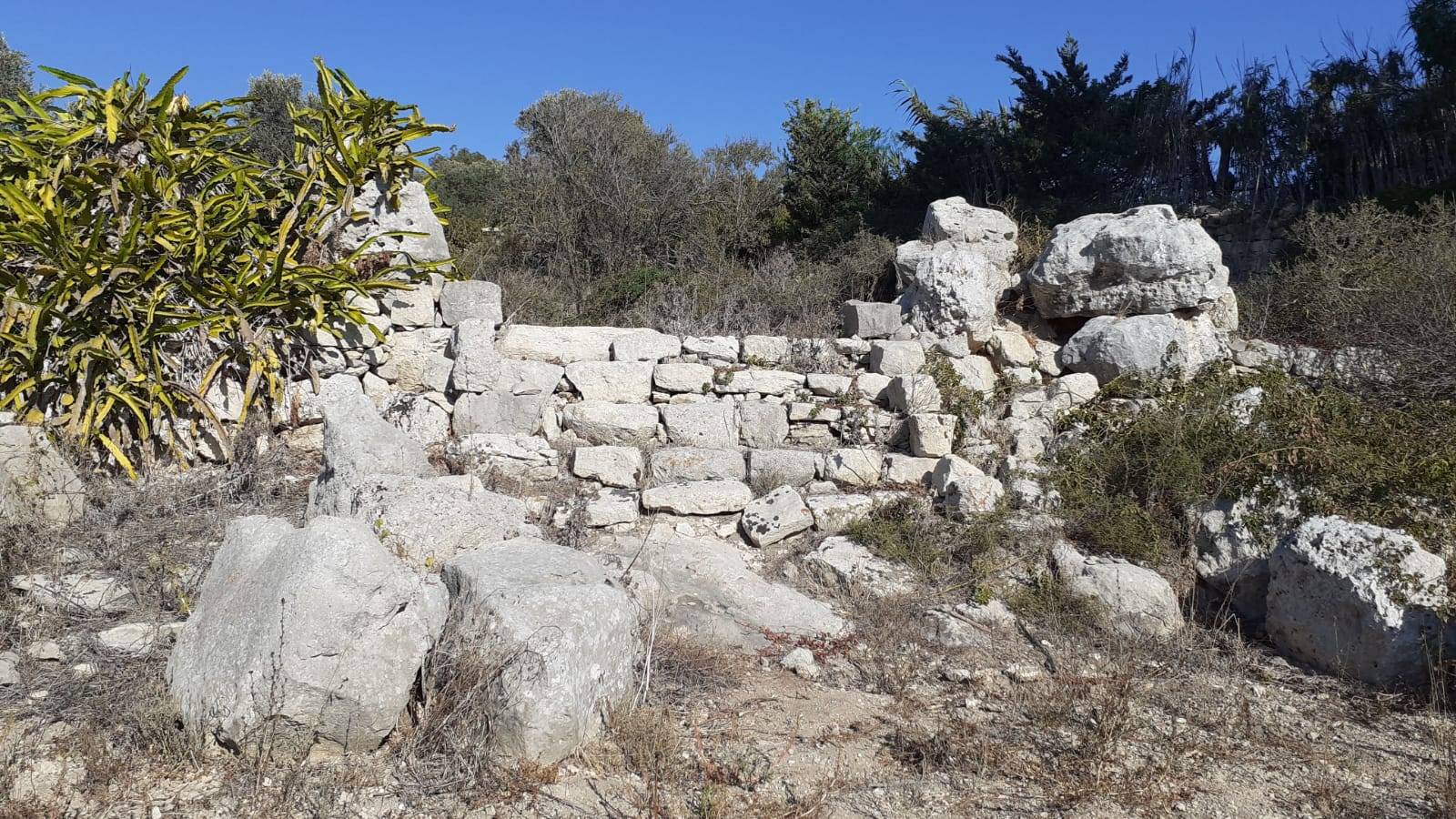
The Tal-Qadi Temple, though now largely in ruins, is notable for the discovery of a unique stone slab that may have been used for astronomical observations.
Tas-Silġ
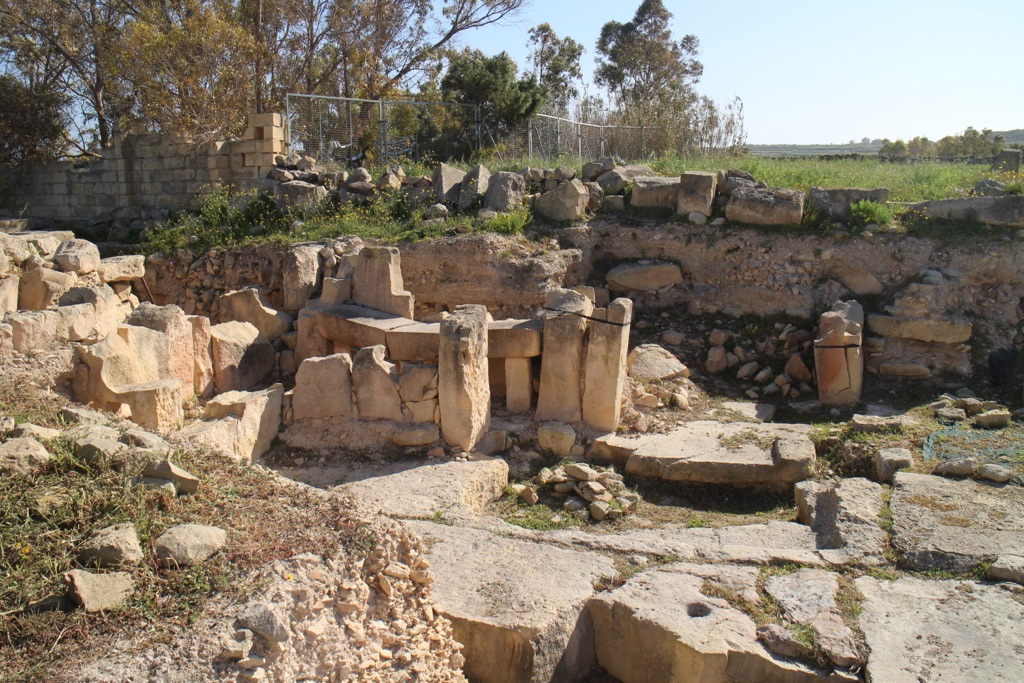
Overlooking Marsaxlokk Bay, Tas-Silġ is a multi-period sanctuary site, used from the Neolithic through to the Phoenician period, and later by the Romans. Its long history of religious use makes it unique among Malta’s ancient sites.
Xrobb l-Għaġin Temple
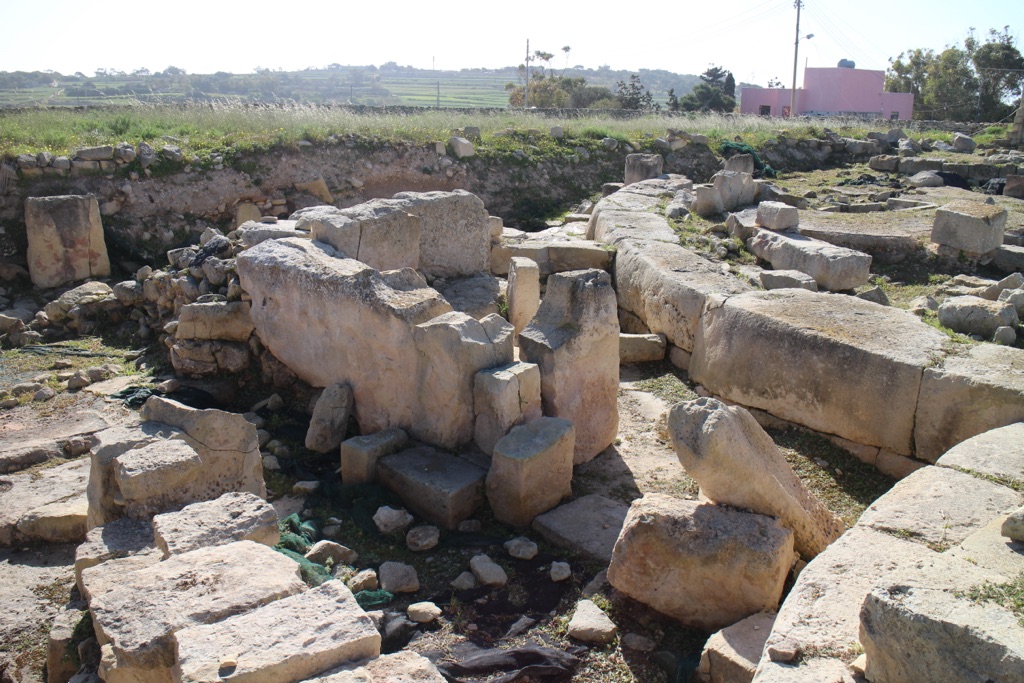
This site, located within the Xrobb l-Għaġin Nature Park, is one of the lesser-studied temples. Its coastal setting offers a picturesque backdrop to the remnants of Malta’s prehistoric past.
The Megalithic Temples of Malta are not just ancient stone structures; they are a window into the lives, beliefs, and astronomical knowledge of the island’s early inhabitants. These sites, each with its unique features and mysteries, continue to fascinate archaeologists, historians, and visitors from around the world.

